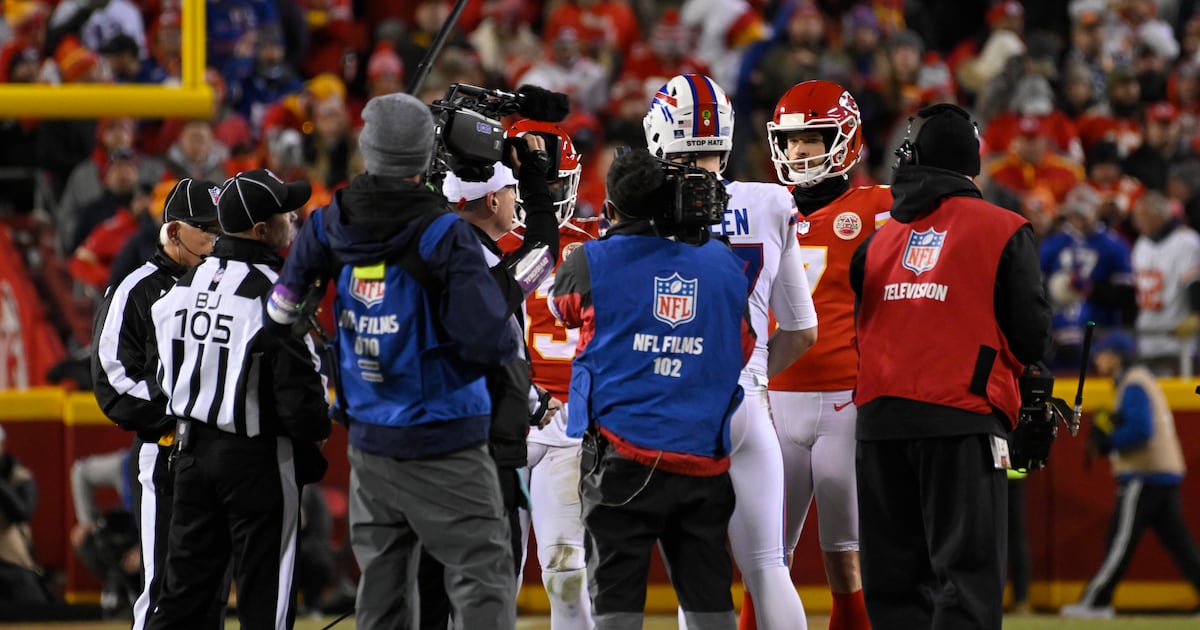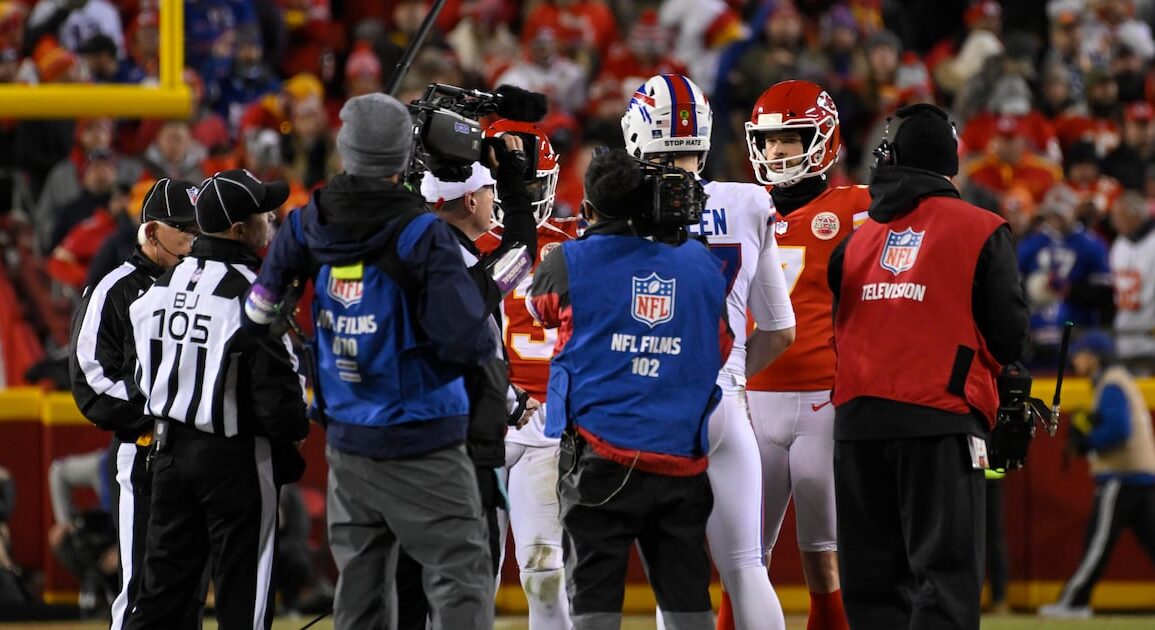
The NFL recently adopted a rule that guarantees both teams possession of the ball in overtime during the regular season.
Too bad nobody ever thought of that before (sarcasm alert!).
It’s about time. Anyone with common sense has been urging the league to do this for decades. It’s not exactly revolutionary thinking. Every sport mandates that both teams have an equal opportunity to break a tie. Tennis. Basketball. Baseball. Soccer. College FOOTBALL. High school FOOTBALL.
Until now, under NFL rules, the team that won the overtime coin toss could end the game with a score without the other team receiving an offensive possession. There are many examples, but the most egregious was the 2019 conference championship game between the Chiefs and the Patriots. The Chiefs lost the game without ever touching the ball when the Patriots scored on the first possession of overtime. Two years later the Chiefs were on the other end of this situation. In a 2022 playoff game, the Chiefs tied the game with a field goal with 13 seconds left in regulation, then won the coin toss and scored a TD on the first possession of overtime to win the game. Once again, the opponent never got to touch the ball.
It was unfair for the teams, and fans were denied great theater. Both games had monumentally anticlimactic endings.
What? That’s it? It’s over?
The NFL has been wrestling with an overtime format for more than 50 years. You would have thought they were trying to create cold fusion or solve the quantum mechanics riddle when really they were merely trying to reinvent the wheel. There was a perfectly good, sensible, equitable, more entertaining format being used in the college and high school versions of the game. All NFL officials had to do was turn on the TV and watch a college game to see how well it works.
Instead, the NFL stubbornly stuck with its clunker OT format. Even the NCAA — not the brightest kid in the class, to say the least — got this right. The NCAA adopted an overtime format in 1996 that guaranteed both teams at least one possession in overtime.
From 1974 through 2009, the NFL settled tie games via sudden death — first team to score wins. The league has been trying to get it right ever since.
2010 — After research revealed that the team that won the overtime coin toss won the game about 60% of the time (and 34.4% on the first possession), the NFL came up with this convoluted change for overtime in postseason games only: A team could end the game on the first possession of overtime with a touchdown, but not a field goal.
2012 — The 2010 rule was expanded to include regular-season games. It’s anyone’s guess why it took two years to make that change.
2017 — The NFL shortened the overtime period from 15 minutes to 10. The league did this for player safety, which is also the rationale for not changing the rules that allowed both teams to have at least one possession in overtime — this from the same league that turned around four years later and added a 17th game to the regular-season schedule.
2019 — The Chiefs, having missed a trip to the Super Bowl with that overtime loss to the Patriots, proposed a rule that would allow both teams at least one possession in overtime. NFL owners rejected it.
2020 — The Eagles proposed a change to the coin-toss rules, using total touchdowns in regulation to determine the first possession in overtime. The reasoning of course was to mitigate the importance of the coin toss. The proposal was rejected.
2021 — The Eagles teamed up with the Ravens in another attempt to change the coin-toss rules. The proposal would enable the winner of the coin toss to start the overtime on offense or defense, or cede that choice to the other team and choose where the opponent spotted the ball (likely on the 1-yard line). The proposal was rejected. Another swing and a miss.
2025 — The league came to its senses and finally accepted what the Chiefs proposed five seasons ago and what the college game has practiced for 28 years.
It’s a step in the right direction, but the NFL overtime format is still not nearly as good nor as exciting as the college and high school formats in which each team starts each possession at the 25-yard line and continues, with some minor variations, until a winner is determined. Most importantly, both teams get an equal number of possessions.
Maybe in another 50 years the league can get the rest of it right.
This post was originally published on this site be sure to check out more of their content.










